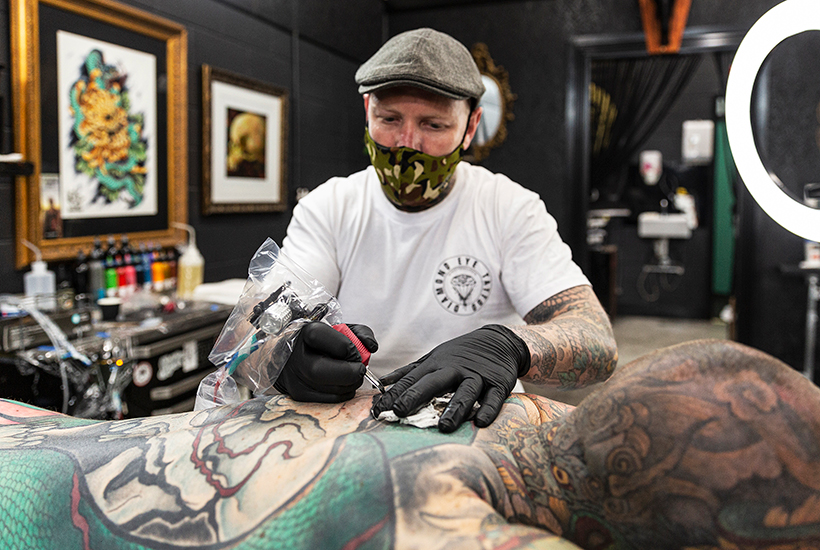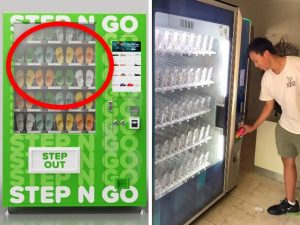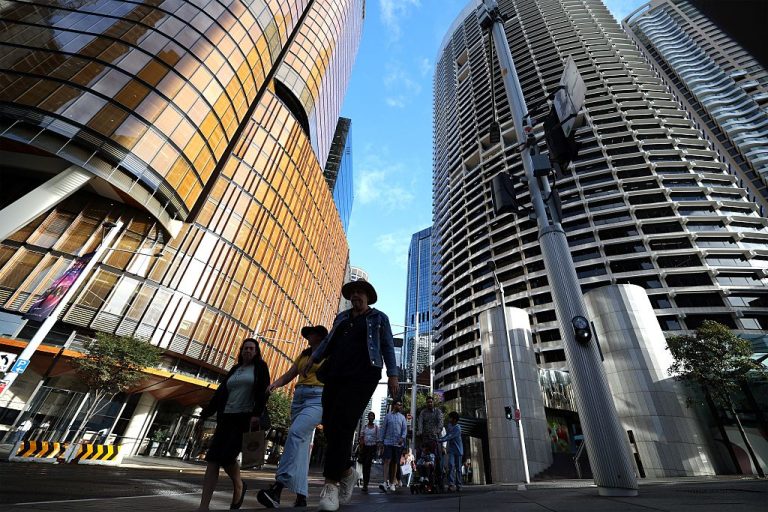Gentrification makes Geelong an attractive proposition for investors

Once seen as the poorer, working-class cousin to Melbourne, Geelong is now a serious player in the commercial real estate space, with a “very real” gentrification changing the face of the city.
With its central business district buzzing and a growing number of Victorians looking for a post-lockdown lifestyle change, Geelong is now kicking goals, according to industry experts.
David Minty, CBRE’s senior manager of Melbourne city sales and development sites, explained the city’s big change.
“The Geelong CBD has been activated with new hospitality offerings, restaurants and bars and older industrial and commercial assets continue to be refurbished into big box retail, strata offices and boutique retail,” he said.
“Notably, the reinvigoration of Little Malop Street has provided a range of new dining offerings and has activated the CBD, heightening its appeal as a dining destination.”
The overarching gentrification of Geelong has been driven by several factors, Mr Minty added.
“With a better connection between Geelong and Melbourne in recent years and an increased demand for regional lifestyle in the past 12 months, thanks to an increasingly flexible working environment, Geelong has developed into a true independent satellite city. It offers residents and visitors all the traditional amenity and services associated with a major capital city.”
A lot of residential development is happening around the CBD fringe and there are local government and state incentives for companies to relocate to the city, he added.

Geelong’s cafes and restaurant are now drawing residents away from places like Melbourne, along with the shift to working from home and more affordable property prices. Picture: Getty
“Lifestyle and affordability is also driving population growth, with Geelong residents enjoying great primary schools, more community involvement,” Mr Minty said.
“A shift (to) working from home and Melbourne’s recent extended lockdown period has heightened the appeal of satellite cities such as Geelong and a surface of Melbourne residents seeking a lifestyle change away from the big capital city.”
Geelong becoming a hub for emerging health, education and advanced manufacturing sectors has also heightened its appeal to other private investment, he said. It’s helping drive the further evolution and expansion of the CBD.
“With a greater service, accommodation and employment offering, Geelong will continue to prosper and become a destination of choice for new business and industry,” Mr Minty said.
“We anticipate that density within the city will increase and will reshape the topography. Along with this will be capital growth for the CBD and immediate surrounding suburbs.”
Chris Christofi, co-founder and chief executive of Reventon financial and property group, said the gentrification trend is “very real” in Geelong.
He also pointed to Little Malop Street as a case in point. “Unlike say 10 years ago, you now don’t have to go to Melbourne for an amazing dining experience, to have a night out, to find a great pub, it’s right there in Geelong,” he said.
“We are certainly seeing a change in the way commercial spaces are being used and it is more affordable, especially when compared to Melbourne, so we’re seeing people investing heavily.
“There is still unrealised potential in Geelong – and other regional centres like Bendigo and Ballarat – as the societal change sparked by COVID continues to play out,” Mr Christofi said.







